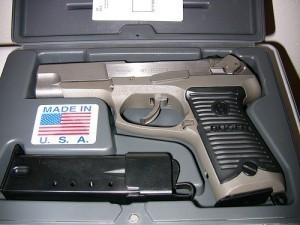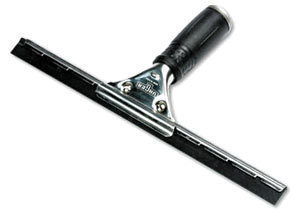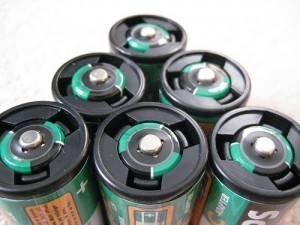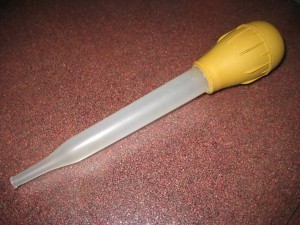Hiroshima Atomic Bomb Dimensions
The size of the Hiroshima atomic bomb was 9.84 ft / 3 m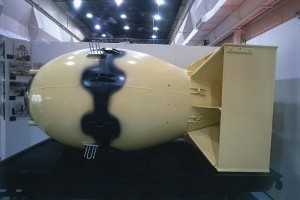 (length) with a diameter of 28 in (700 mm). It weighed 8,900 lbs or about 4,000 kg. It was called Little Boy. The plane carrying it was called the Enola Gay.
(length) with a diameter of 28 in (700 mm). It weighed 8,900 lbs or about 4,000 kg. It was called Little Boy. The plane carrying it was called the Enola Gay.
Power and Impact of the Bomb
The bomb was dropped on Hiroshima on August 6, 1945 at a height of 31,000 ft (9,400 m). The time was 8:15 (JST). The actual detonation occurred at 1,900 ft (580 m). The bomb exploded with a force equal to 15 to 18 kilotons of TNT (about 54 to 75 t).
Compared with Fat Man (the bomb dropped on Nagasaki), Little Boy was less powerful. However the damage was more severe. The reason is Hiroshima is on a level terrain. The size of the Hiroshima atomic bomb and its power was such that between 66,000 to 69,000 people were killed instantly.
The fallout resulted in cancers and other illnesses, leading to more deaths. The estimate of the US Energy Department is that 100,000 died by December 1945. By 1950, over 200,000 had died from the lingering effects of the atomic bomb.
Blast Radius
The effect of the blast resulted in massive damage up to 1 mile (1.6 km) from ground zero. The radius for total destruction has been put at 2 miles or 3.2 km. The accompanying explosion sent shock waves that reduced edifices into shrapnel. The force was so great several houses and buildings imploded.
The Fireball
The size of the Hiroshima atomic bomb’s fireball was 1,200 ft (370 m) high. The temperature was estimated to be 7,200 F (3,980 C). Everything in the fireball’s path was obliterated. Humans were killed and cremated instantly, glass melted and sand was molted as well.
The heat was so intense shadows of people were embedded into buildings. In total, the Hiroshima fireball measured 2 miles (3.2 km) in diameter. This was very close to the damage blast radius size.
Radiation Effects
The radiation effects were more widespread than the blast itself. As the bomb exploded in the air, radiation was released throughout the city. Most of the people near ground zero perished but those who survived suffered the effects of radiation, leading to leukemia and various forms of cancer.
Structural Details
Although the size of the Hiroshima atomic bomb is well known, other facts remain classified. What is known is the bomb held 64 kg of uranium. Of this weight, 0.7% underwent nuclear fusion. 0.6g of this was changed into energy. The uranium was segregated into two parts, the projectile and target.
The projectile held 38.5 kg of the mass (60%). It had 9 uranium rings each with a diameter of 5.25 inches (158 mm). There was a 4 inch hole in the middle and pressed by canisters with 7 inch thick walls. The target had a diameter of 4 inches and was 7 inches long. It was held by a bolt with a 1 inch diameter.
The size of the Hiroshima atomic bomb and its impact not only ended World War II. It also marked the beginning of the Atomic Age.
